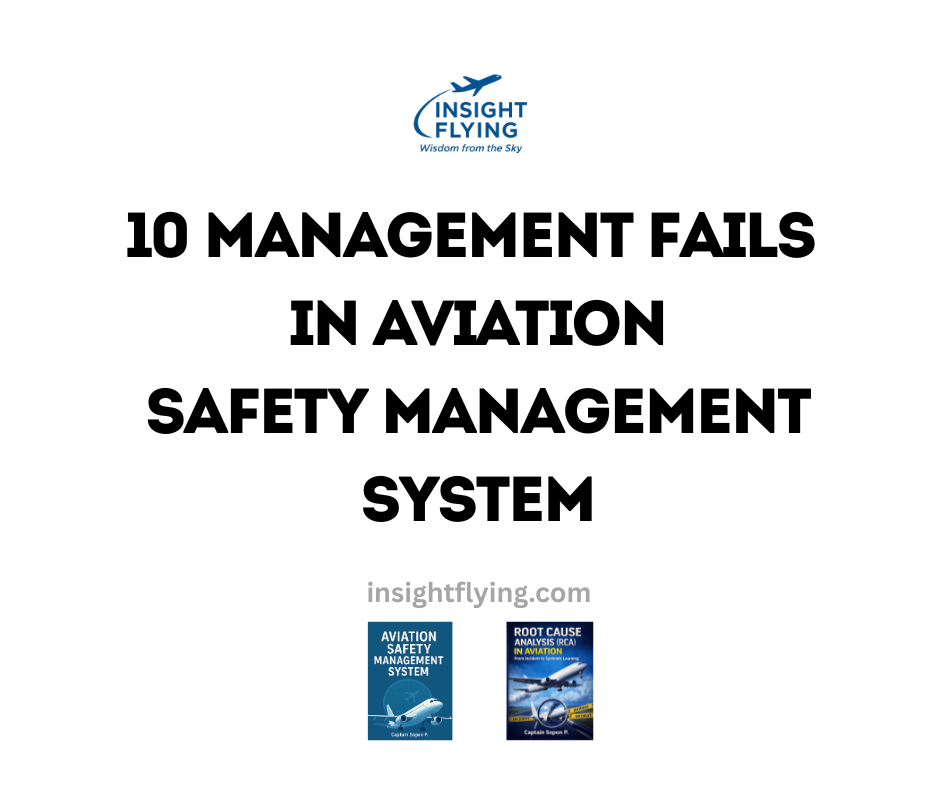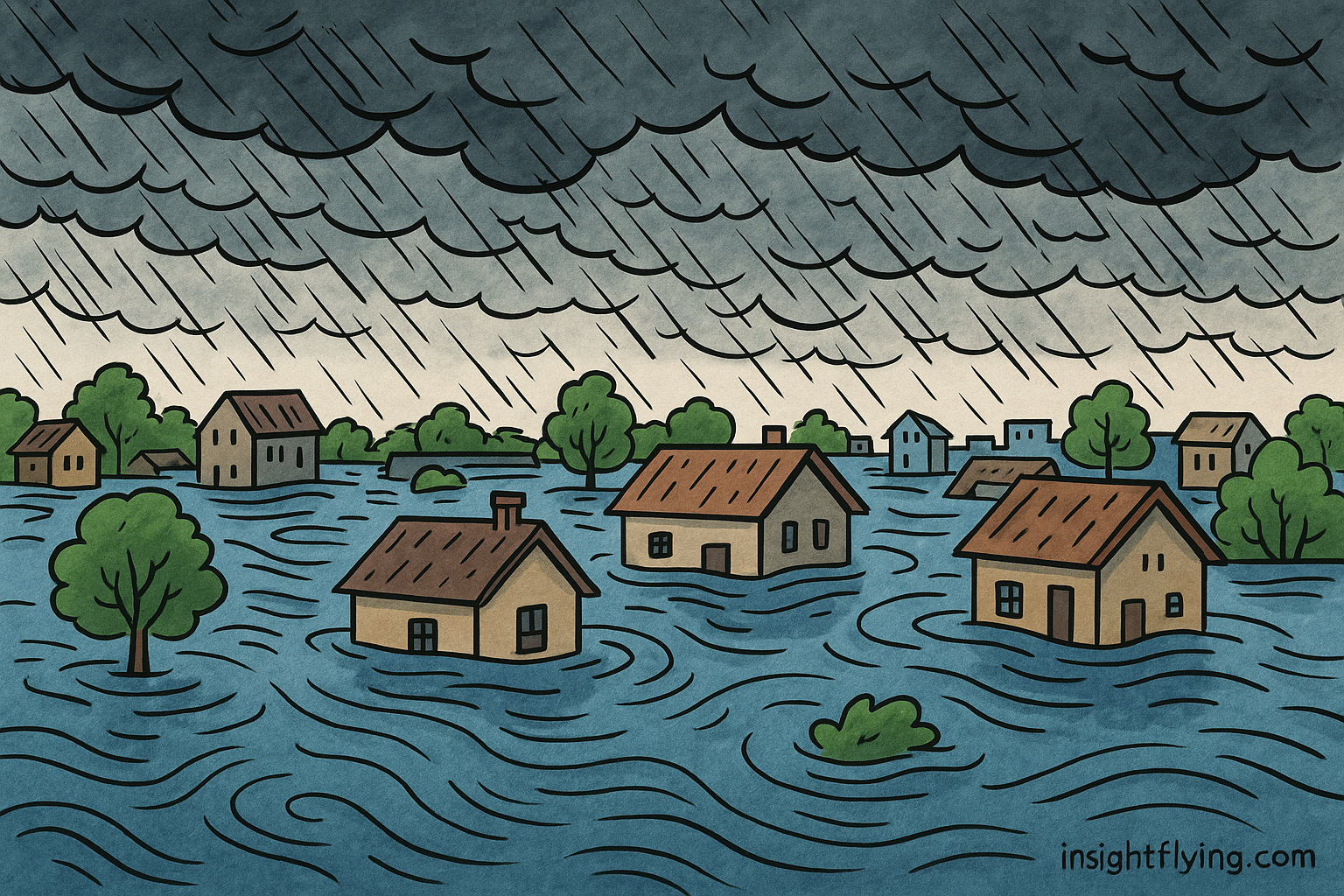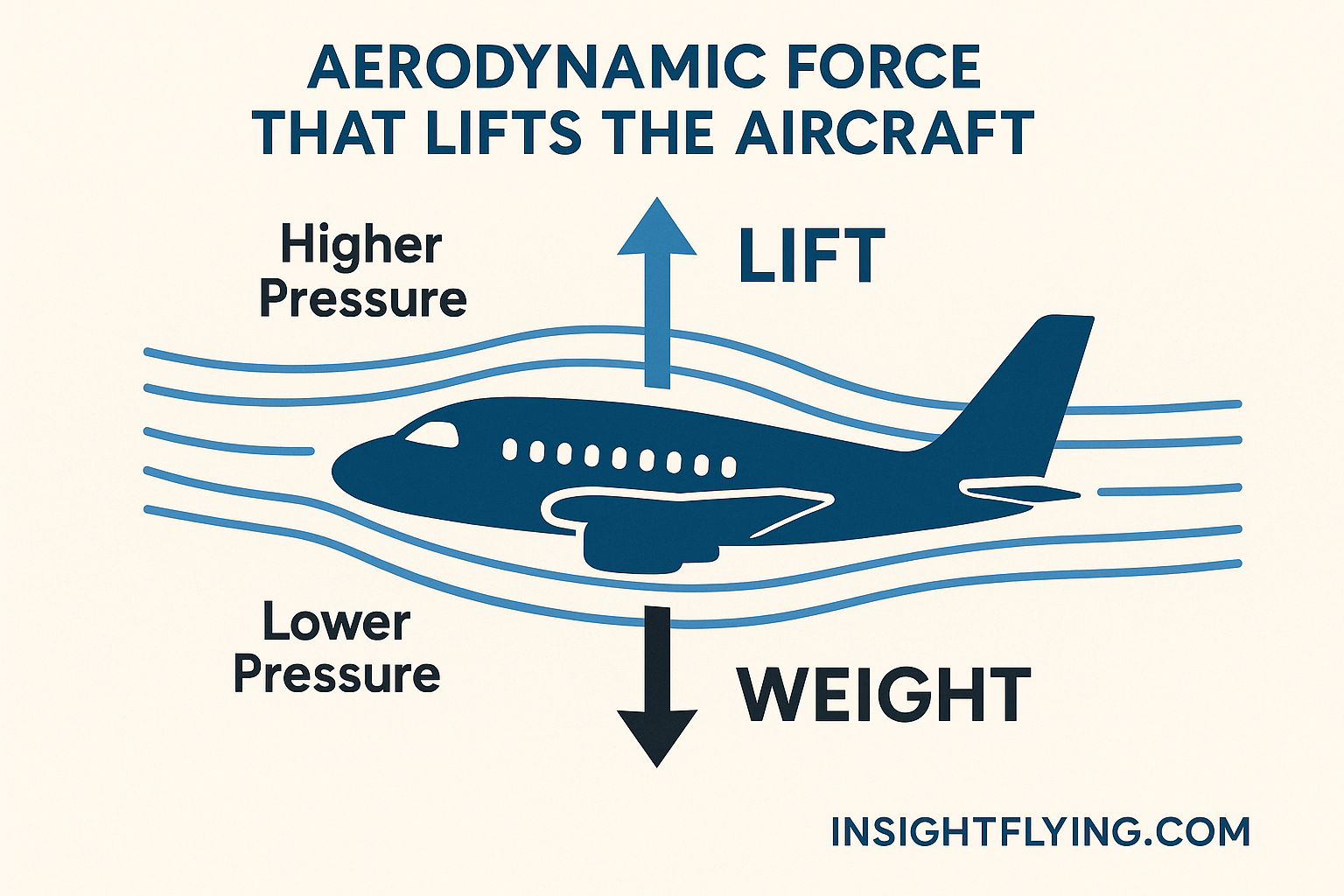แรงยก หรือ Lift คือแรงสำคัญที่สุดที่ทำให้เครื่องบินลอยขึ้นและคงอยู่บนท้องฟ้า โดยเกิดจากการออกแบบของ ปีก (Wing) ที่ใช้หลักวิทยาศาสตร์เกี่ยวกับความดันอากาศ
Lift is the most essential aerodynamic force that allows an aircraft to take off and stay airborne. It is primarily generated by the design of the wings, which manipulate air pressure according to scientific principles.
ปีกของเครื่องบินถูกออกแบบให้มีลักษณะ โค้งด้านบนและแบนราบด้านล่าง เราเรียกรูปร่างนี้ว่า Airfoil หรือ Aerofoil ด้านหน้าของปีก (Leading Edge) จะหนากว่าและค่อย ๆ บางลงไปจนถึงด้านท้าย (Trailing Edge)
Aircraft wings are designed with a curved upper surface and a flatter lower surface, a shape known as an airfoil (or aerofoil). The leading edge is thicker and tapers toward the trailing edge.
เมื่อเครื่องบินเคลื่อนที่ไปข้างหน้า อากาศที่ผ่านด้านบนปีกจะต้องเคลื่อนที่เร็วกว่าอากาศที่ผ่านด้านล่าง เนื่องจากพื้นที่โค้งด้านบนบังคับให้ลมไหลไกลและเร็วกว่า ส่งผลให้ความดันด้านบนปีกต่ำกว่าด้านล่าง
As the aircraft moves forward, air flowing over the upper curved surface must travel faster than the air beneath. Because of this faster airflow, the pressure above the wing becomes lower than the pressure beneath it.
ตามหลัก Bernoulli’s Principle ความแตกต่างของความดันนี้เองที่สร้างแรงผลักดันขึ้นด้านบน เรียกว่า Lift ยิ่งความเร็วลมสูง ความแตกต่างของความดันก็ยิ่งชัดเจน และแรงยกก็ยิ่งมากขึ้น
According to Bernoulli’s Principle, this pressure difference creates an upward force known as Lift. The faster the airflow, the greater the pressure difference, and the stronger the lift generated.
ถ้าต้องการแรงยกมากขึ้น ปีกจะต้องมีพื้นที่ผิวมากขึ้น นี่คือเหตุผลที่เครื่องบินลำใหญ่ต้องใช้ปีกที่กว้างและยาวขึ้น รวมถึงแพนหางและโครงสร้างอื่น ๆ ที่ใหญ่ขึ้นเพื่อช่วยในการควบคุมเสถียรภาพ
To increase lift, wings must have a larger surface area. This explains why larger aircraft have wider, longer wings and larger tail surfaces to maintain stability and control.
นอกจากนี้ ยังมีปัจจัยอื่นที่มีผลต่อแรงยก เช่น Angle of Attack (มุมปะทะ) ซึ่งคือมุมระหว่างปีกกับทิศทางลมที่พัดผ่าน หากมุมนี้มากเกินไปจะเกิด Stall คือสภาวะที่ปีกสูญเสียแรงยกอย่างฉับพลัน
Other factors also influence lift, such as the Angle of Attack (AOA)—the angle between the wing and the relative airflow. If this angle becomes too steep, the wing can experience a stall, where lift is suddenly lost.
สุดท้าย แรงยกไม่ได้มีหน้าที่เพียงยกเครื่องบินขึ้นเท่านั้น แต่ยังเกี่ยวข้องกับการ ควบคุมการบิน ทุกมิติ ตั้งแต่การไต่ระดับ การเลี้ยว ไปจนถึงการลดระดับและลงจอด
Ultimately, lift is not only responsible for keeping the aircraft airborne but also plays a crucial role in controlling flight—from climbing and turning to descending and landing.

10 Management Fails in Aviation SMS
10 Management Failures in Aviation SMS Safety Management System (SMS) is not just a regulatory requirement under ICAO Annex[…]

10 ความล้มเหลวของผู้บริหารในการบริหาร Aviation SMS
ระบบการจัดการด้านความปลอดภัย (Safety Management System – SMS) ไม่ใช่เพียงข้อกำหนดจาก ICAO Annex 19 หรือข้อบังคับของรัฐ แต่เป็น “ระบบบริหาร” ที่ต้องได้รับการขับเคลื่อนจากผู้บริหารระดับสูงลงสู่ปฏิบัติการจริง หากผู้บริหารมอง SMS เป็นเพียงงานความปลอดภัยส่วนกลาง หรือเป็นงานที่ต้องทำตามกฎหมาย ระบบนี้จะกลายเป็นเพียงงานเชิงเอกสารที่ไม่สามารถลดความเสี่ยงในปฏิบัติการได้จริง[…]

Precipitation / การตกของฝนหรือหิมะ
What is Precipitation? / ความหมายของ Precipitation Precipitation is any form of water particle that falls from the atmosphere to[…]
